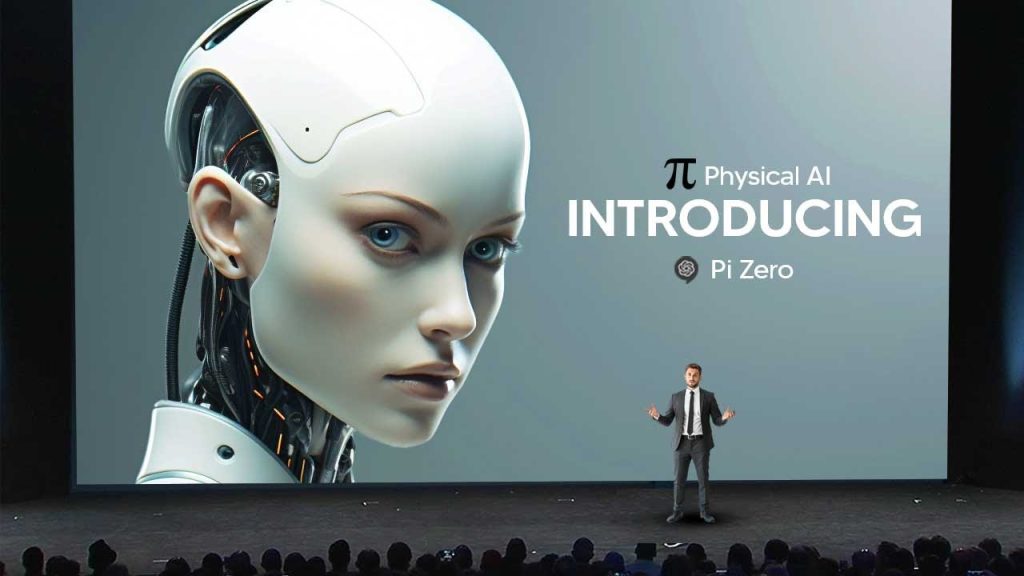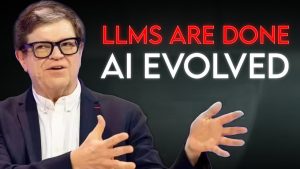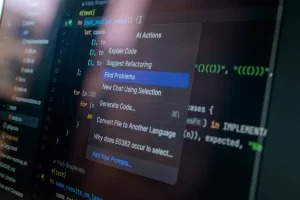Revolutionizing Robotics with Physical Intelligence

Have you ever wondered why robots can ace complicated tasks like playing chess but struggle with basic ones like folding laundry? The world of robotics is changing, and a company called Physical Intelligence is leading the charge. They are developing robots that understand and interact with the world like humans. This change is revolutionary.
The AI revolution has come a long way, producing photo-realistic images, drug discovery, and more. Yet, there’s a gap when AI meets the physical world. Unlike digital tasks, physical interactions demand sophisticated engineering. But, Physical Intelligence plans to bridge this gap with a groundbreaking approach to robotic intelligence. Their innovation inspires awe and curiosity worldwide.
The Dawn of Pi Z
Physical Intelligence introduces the Pi Z, an innovative general-purpose robot foundation model. Unlike other AI models, it embraces physical intelligence by learning from real-world experiences, executing low-level motor commands. Pi Z can handle various tasks, just like asking a chatbot for answers. This model is a game changer in the seamless operations of multiple robotic systems.
Why Generalist Robots Matter
These models could surpass specialist ones by harnessing a broad pre-training foundation. This is evident in language models replacing specialized counterparts. The same shift is expected in robotics, pushing boundaries of what robots can achieve. Imagine robots customizing tasks instantly without extensive reprogramming. This evolution presents endless possibilities for domestic and industrial applications.
Introducing cross-embodiment training
Pi Z’s design leverages semantic understanding gained from pre-training on vast internet datasets. It starts with a vision language model and adapts to robot control, crucial for complex manipulations. Such training includes high-frequency motor command outputs, enhancing precision and execution consistency.
Achieving Dexterous Manipulation
Similarly, in busing tables, Pi Z intelligently picks dishes and trash, adding them to specific bins. What impresses is in its ability to employ creative strategies, like stacking dishes, enhancing task efficiency. This feature echoes human-like multitasking, showcasing overt autonomy in mundane chores.
Unpacking Robot Assembly Secrets
This competency explores robotics’ future, where adaptive models outperform conventional counterparts. Pi Z’s expertise is mesmerizing, reshaping perspectives on what’s possible through robotics. Preparing boxes routinely involves anticipation and adaptability, offering a glimpse into the future of automated assembly.
Evaluating Pi Z’s Performance
Evaluation considers multiple factors: successful task completion, complexity, and strategy deployment. Pi Z stands out for adeptly performing challenging tasks, executed with finesse and ingenuity. Its edge lies in size and internet pre-training adaptation, contributing to its high success ratio.
The Road Ahead for Physical Intelligence
Support from diverse industries and partnerships accelerates development. Collaborative efforts help refine robotic designs and expand data exchanges, broadening Pi Z’s abilities. The journey promises challenges, but the progress shines light on a bright robotic future, inspiring collective excitement.
Shaping Robotics with Autonomy and Intelligence
Innovations facilitate smoother tasks, inspiring industries globally. As robots handle complex duties autonomously, they demonstrate robotic intelligence, ensuring efficiency and adaptation. The current trajectory signals potential for endless possibilities and seamless integration into daily activities.
The Future of Robot Models
Physical Intelligence foresees radical advancements, meeting expectations of autonomous operation. While innovation drives progress, a deeper collaboration within the community will be key in overcoming challenges, paving the way for a harmonious robot-human coexistence.
With curiosity guiding its development, Physical Intelligence embarks on a path to reshape robotics. Their robots, now more versatile and autonomous, reflect their innovative spirit. Today’s achievements promise a future where robotic intelligence harmoniously blends with our world, offering a hopeful glimpse of technology’s potential.








